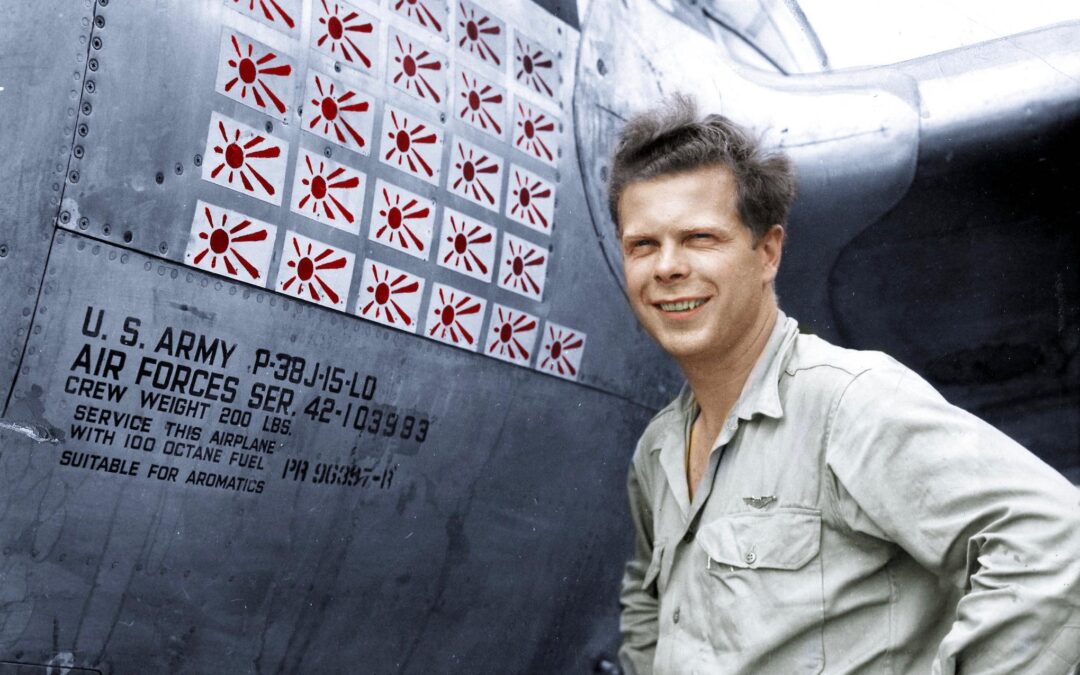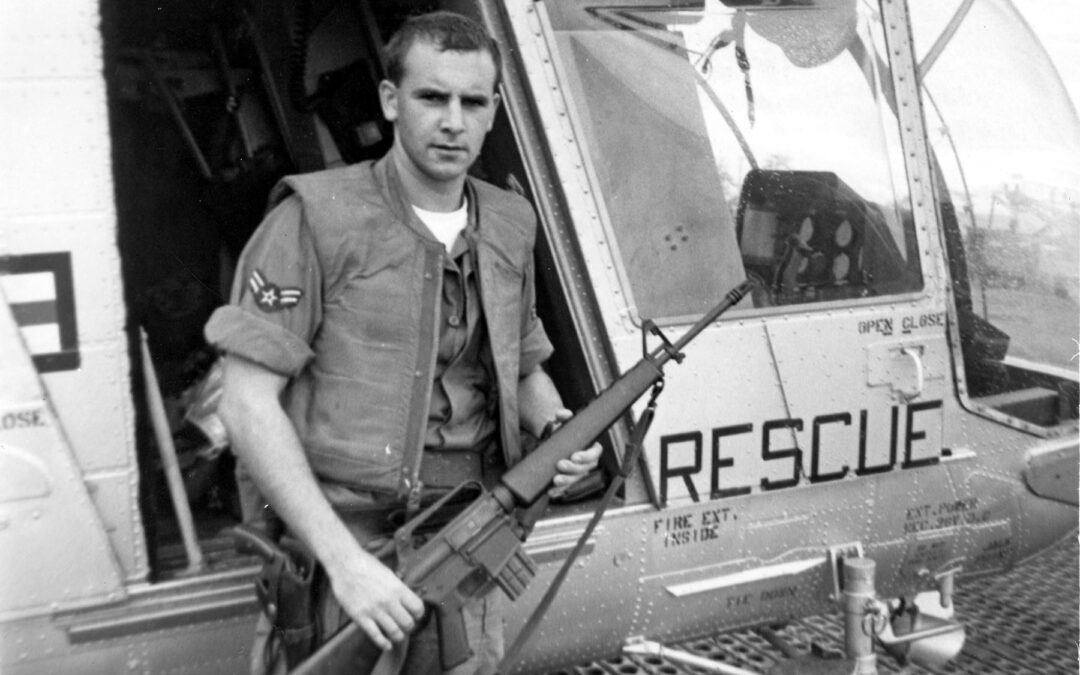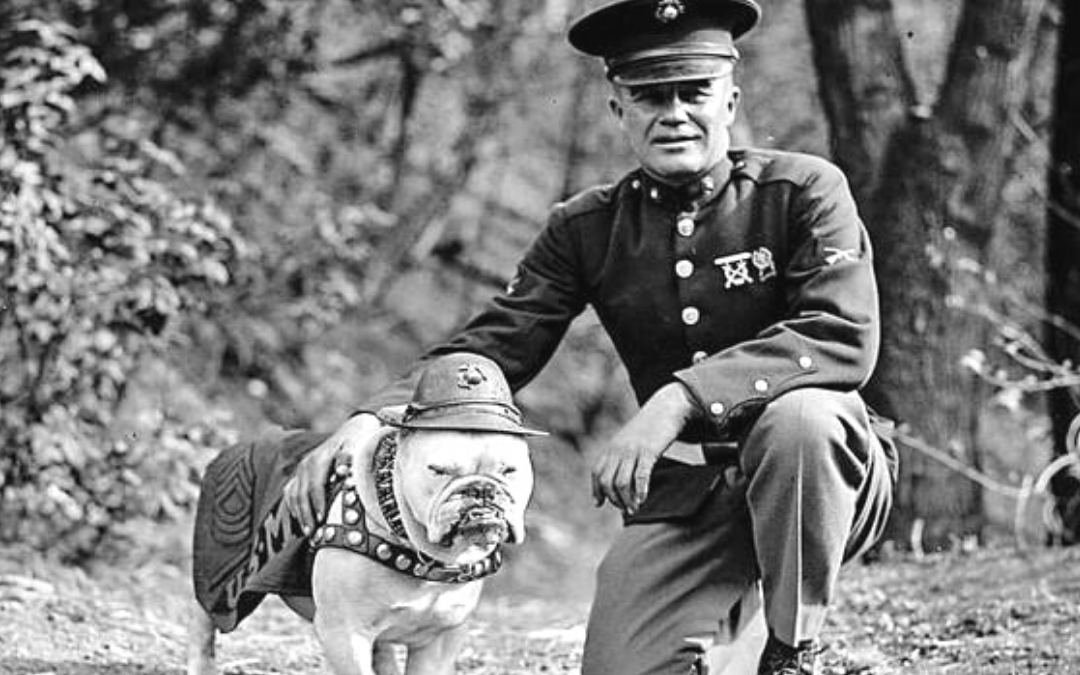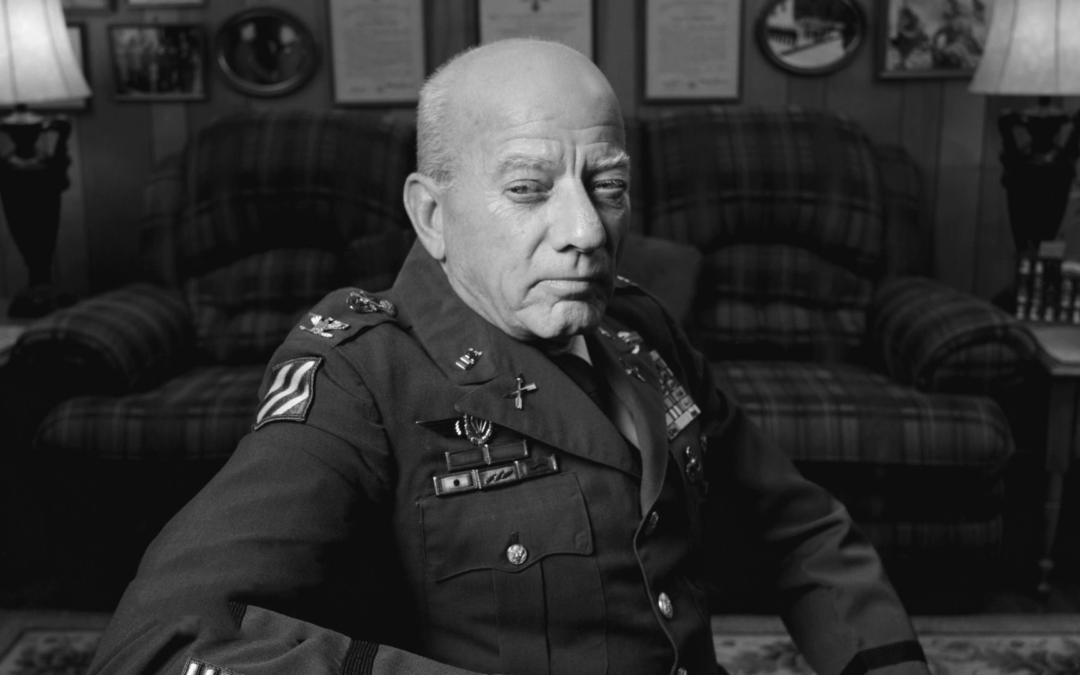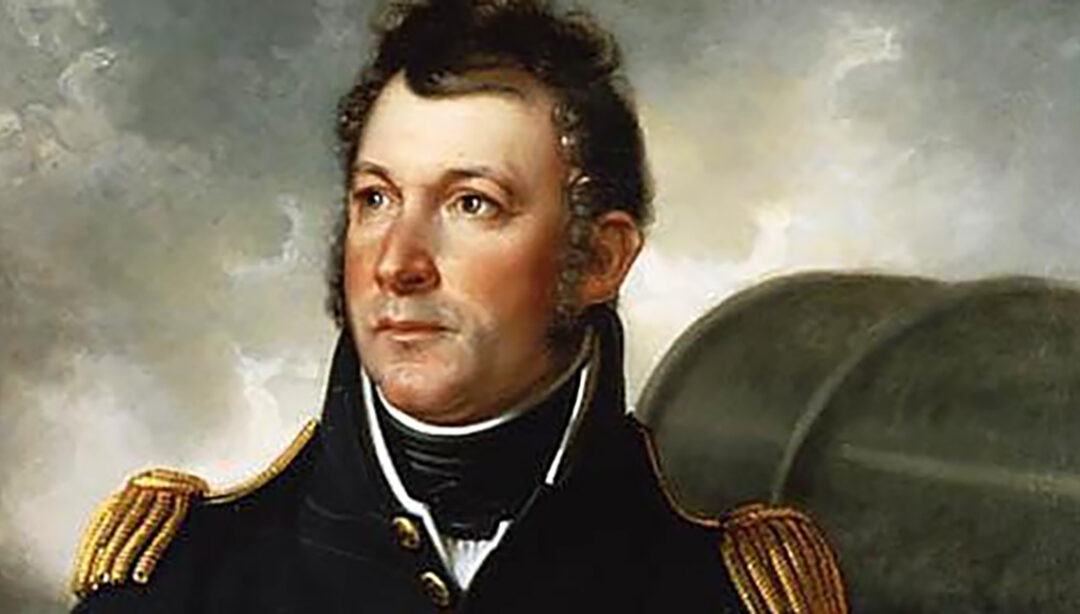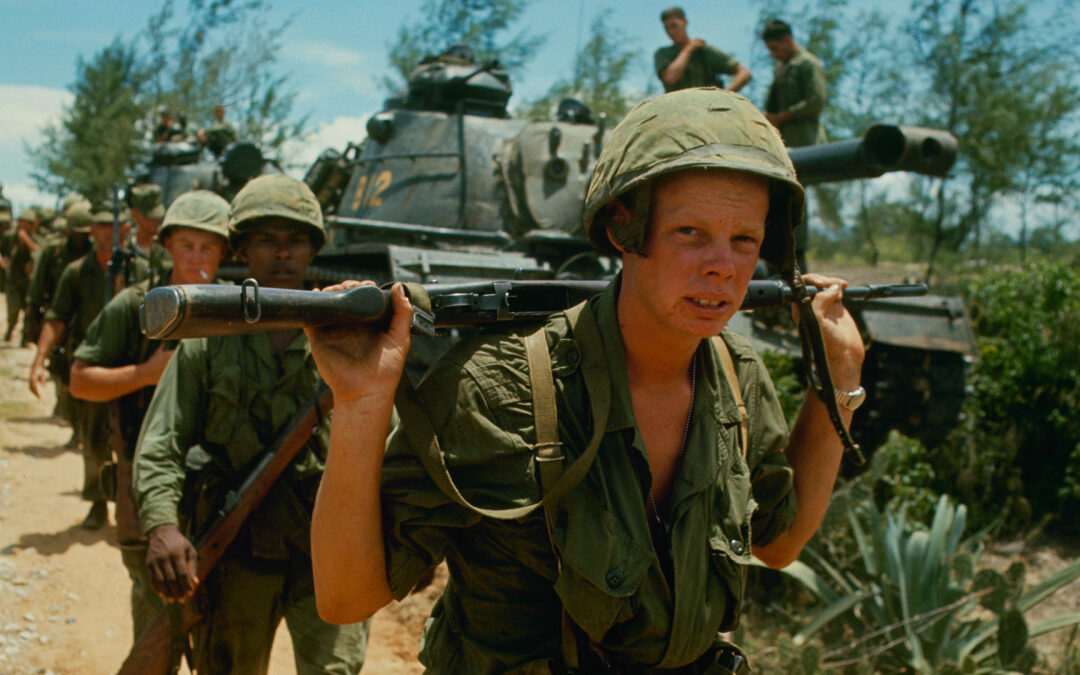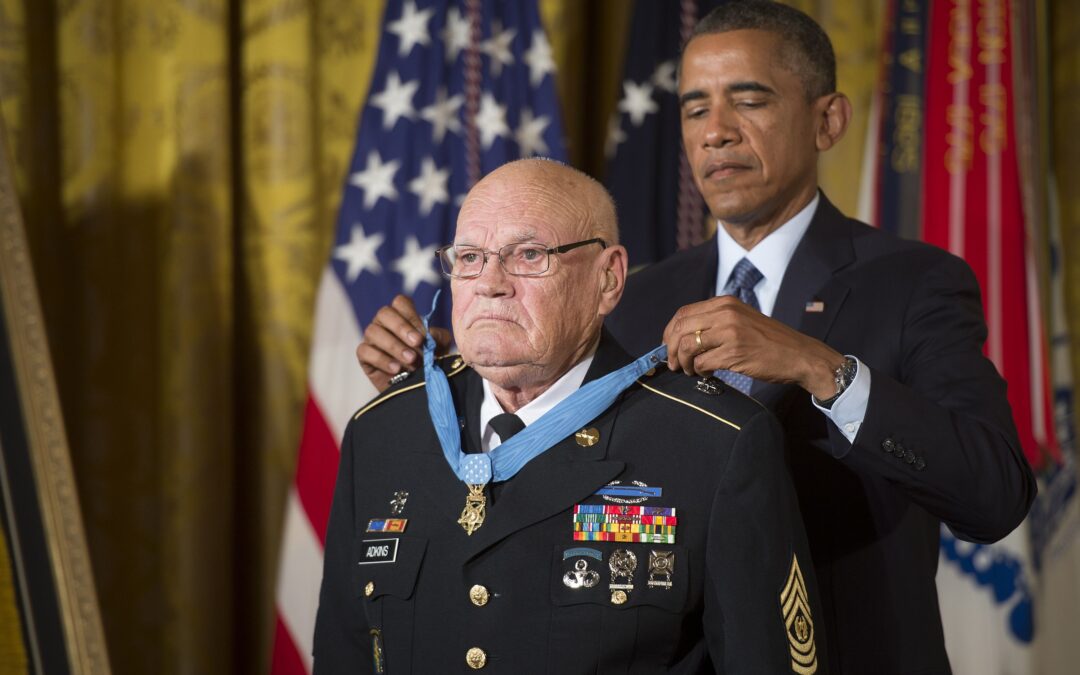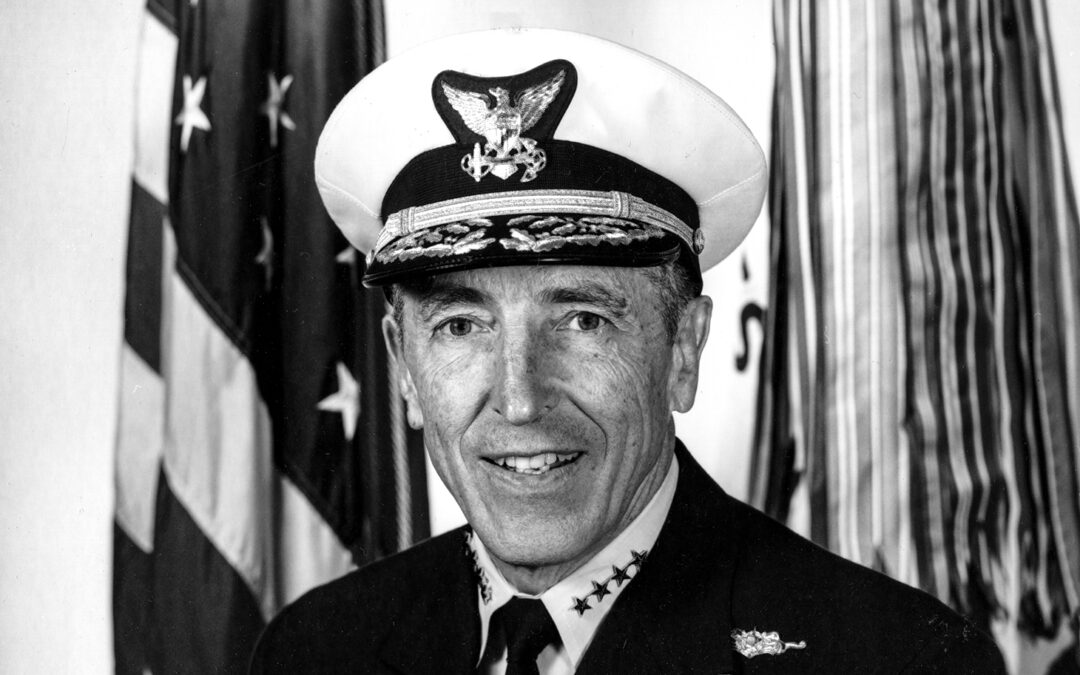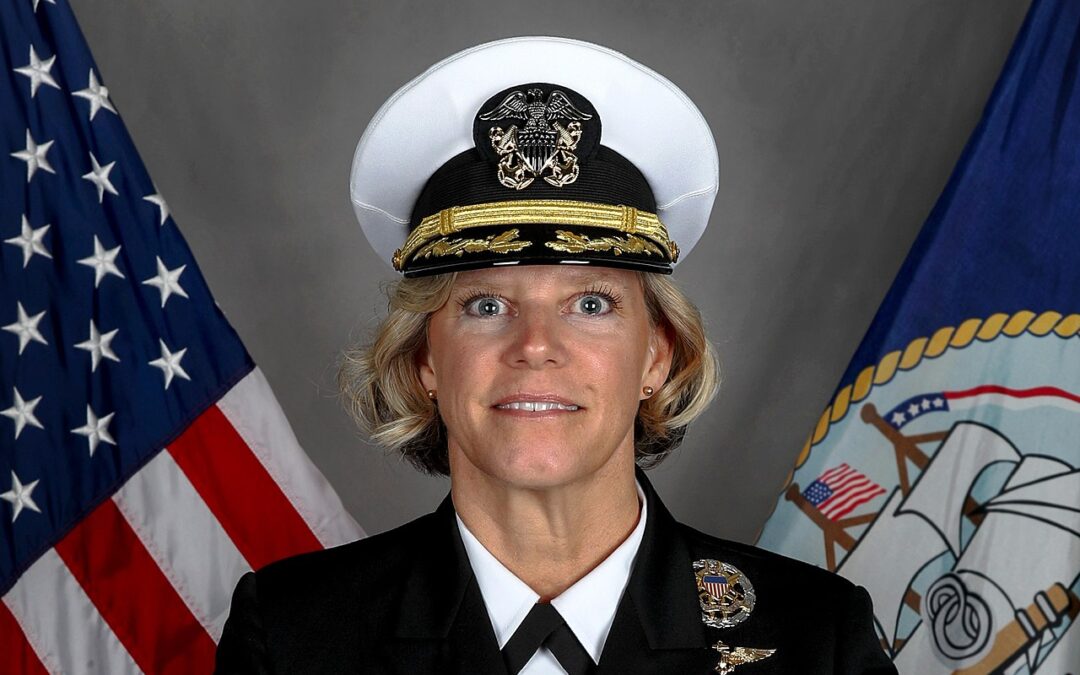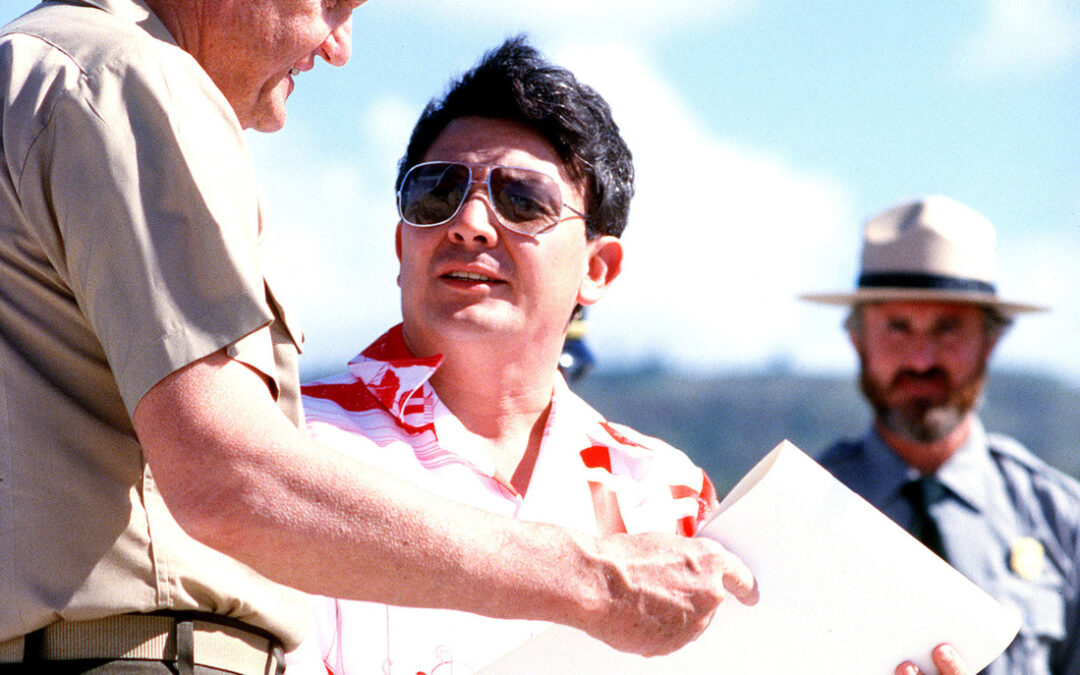The years since the attacks of Sept. 11, 2001, have seen a lot of changes in the cultural fabric of the United States and in the armed forces. With the 20-year anniversary of that tragic day, it’s important for us to look back and remember some of the heroes that emerged from the ashes of the World Trade Center, the Pentagon, and United Flight 93. One of those heroes was a civilian named Todd Beamer. Beamer died when United 93 crashed in a field near Shanksville, Pennsylvania. But his memory carried on, giving the U.S. military, American police officers, and firefighters around the world a new battle cry: "Let’s Roll." In many ways, 32-year-old Todd Beamer was the quintessential American. He was born in Michigan to middle-class parents who moved around the country wherever their work took the family. He was a Christian and an athlete who studied business in college. When he graduated, he got a good job with a major corporation and taught Sunday school in his spare time. On Sept. 11,...

